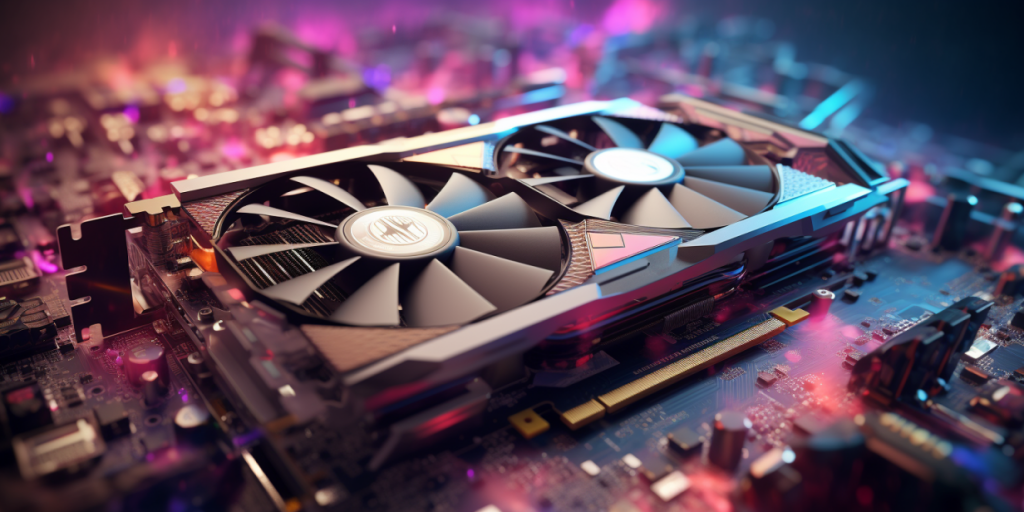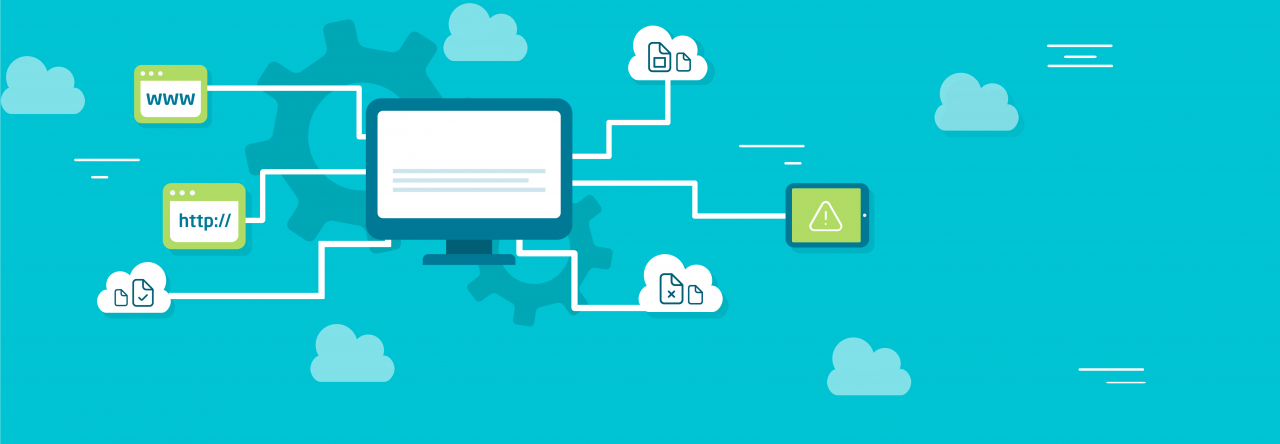
In today’s world of innovation, where computational tasks are becoming increasingly complex and resource-intensive, the role of a graphics card in server operations is gaining more importance. This is because a graphics card, specialized in graphics processing, can influence server performance and enable faster and more efficient operations. In this article, we will explore how a graphics card affects servers and why its utilization can be a crucial factor in enhancing productivity.
Graphics Card and Its Role in a Server
Before delving into the impact of a graphics card on a server, let’s first understand what this device is and what functions it performs.
A graphics card, also known as a graphic adapter or GPU (Graphics Processing Unit), is a computing device specialized in processing graphics and video data. Its primary function is rendering images and videos, making it indispensable for graphic applications, video games, animations, and many other graphics-related tasks.
In a server, a graphics card is not always a mandatory component, especially if the server doesn’t handle tasks that require high-quality graphics. However, in certain usage scenarios, the use of a graphics card can be highly beneficial.
How a Graphics Card Impacts Server Performance
A graphics card can influence server performance in various aspects:
1. Parallel Task Processing
Graphics cards have a large number of cores, allowing them to handle numerous parallel tasks simultaneously. This is valuable for servers performing tasks such as processing large datasets or streaming video, where tasks can be divided into smaller parts and processed in parallel.
2. Enhanced Rendering and Graphics Computation
If a server is involved in graphics-related tasks, a graphics card can significantly improve rendering times and the computation of complex graphic objects. This is especially important for servers responsible for video streaming, video processing, or graphic computations.
3. Reduced CPU Load
Using a graphics card for graphics processing can reduce the load on the central processing unit (CPU), enabling it to handle other tasks more efficiently. This is particularly crucial for servers with multiple concurrent requests.
Use Cases for Graphics Cards in Servers
There are several use cases for incorporating a graphics card into a server:
1. Video Streaming and Media Servers
Servers responsible for video streaming or media processing can benefit from a graphics card to accelerate video rendering and optimize media data processing.
2. Scientific Computing
In the realm of scientific computing, graphics cards are widely used for extensive calculations, such as climate modeling, genetic computations, or medical data processing.
3. Virtualization and Graphic Virtual Machines
Graphics cards can be utilized to virtualize graphic resources, allowing for the provision of graphical capabilities to virtual machines and users.
In conclusion, we have identified that using a graphics card in a server can significantly enhance its performance and responsiveness to graphics-related tasks. It is essential to remember that not every server use case requires a graphics card, and the cost of integrating one should be balanced against the server’s specific needs. However, in any case, the proper utilization of a graphics card can improve server performance and contribute to more efficient resource utilization.

Leave a Reply